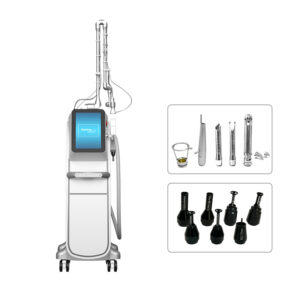stretch marks removal
**Stretch marks removal** refers to a variety of cosmetic and medical procedures aimed at reducing the visibility, texture, and discoloration of stretch marks on the skin. Stretch marks, also known as striae, are linear scars that form when the skin is stretched rapidly, often due to factors such as pregnancy, rapid weight gain or loss, puberty, or bodybuilding. These marks initially appear as red or purple streaks and may fade to a silvery – white color over time, but they usually remain noticeable.
The goal of stretch marks removal is to improve the appearance of the skin by minimizing the contrast between the stretch marks and the surrounding healthy skin. This can be achieved through different approaches. Topical treatments, such as creams, gels, and oils containing ingredients like retinoids, vitamin E, and hyaluronic acid, are often used to hydrate the skin, boost collagen production, and gradually fade the marks.
Minimally invasive procedures are also popular options. Microdermabrasion exfoliates the outer layer of dead skin cells, promoting cell turnover and potentially improving the appearance of mild stretch marks. Chemical peels work by removing damaged skin layers, allowing new, smoother skin to grow. Laser therapy is a more advanced method that uses different types of lasers to target the underlying structure of the stretch marks, stimulate collagen remodeling, and enhance skin texture and tone.
In some cases, more invasive surgical procedures may be considered, especially for severe or extensive stretch marks. For example, abdominoplasty (tummy tuck) can remove excess skin and stretch marks in the abdominal area, often performed in conjunction with weight loss or post – pregnancy body contouring.
Overall, stretch marks removal encompasses a range of techniques tailored to the individual’s needs, the severity of the stretch marks, and their desired outcome, with the ultimate aim of enhancing the aesthetic appearance of the skin.
Showing the single result

